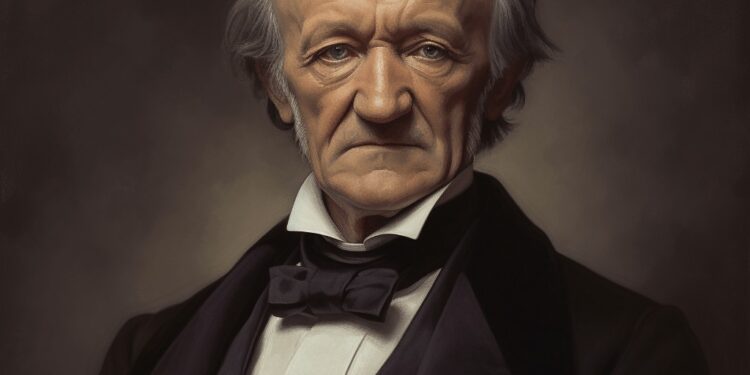Lohengrin, a cornerstone of Richard Wagner’s operatic legacy, stands as a testament to his ability to intertwine myth and music. Composed in the mid-19th century, Lohengrin encapsulates Wagner’s unique vision of combining opera with Germanic mythology, captivating audiences with its tale of chivalry and mystique.
Set in the medieval court of Brabant, Lohengrin follows the enigmatic Knight of the Swan, Lohengrin, who arrives in a boat drawn by swans to aid Princess Elsa. Wagner masterfully blends orchestral richness with vocal prowess to convey emotions and drama. The prelude, with its famous “Bridal Chorus,” remains a wedding ceremony staple to this day.
Lohengrin’s themes delve into the conflict between the mundane and the mystical. Wagner’s fascination with Germanic legends is evident as he explores the tensions between forbidden questions and blind faith. The opera’s characters grapple with their desires to know Lohengrin’s true identity, mirroring humanity’s perpetual quest for knowledge.Wagner’s innovative use of leitmotifs, recurring musical themes associated with characters or ideas, shapes Lohengrin’s narrative. The motif representing the Holy Grail infuses the opera with a sacred aura, while Lohengrin’s swan motif evokes both mystery and melancholy. This technique laid the foundation for Wagner’s later and more elaborate works.Lohengrin’s influence extends beyond its musical brilliance. Wagner’s concept of Gesamtkunstwerk, the synthesis of all art forms, is epitomized in Lohengrin, where music, drama, and visual elements unite seamlessly. This paved the way for Wagner’s ambitious later works like the Ring Cycle. Despite its artistic achievements, Lohengrin has not been without controversy. Wagner’s association with anti-Semitic sentiments and his own complex persona have sparked debates about separating the artist from the art. Nonetheless, Lohengrin’s impact on operatic composition and storytelling remains undeniable.In a world where myths and music converge, Wagner’s Lohengrin continues to captivate audiences. Its exploration of timeless themes, its innovative use of musical techniques, and its role in shaping Wagner’s artistic philosophy collectively make Lohengrin a resounding testament to the enduring power of operatic storytelling.
newshub



Recent Comments